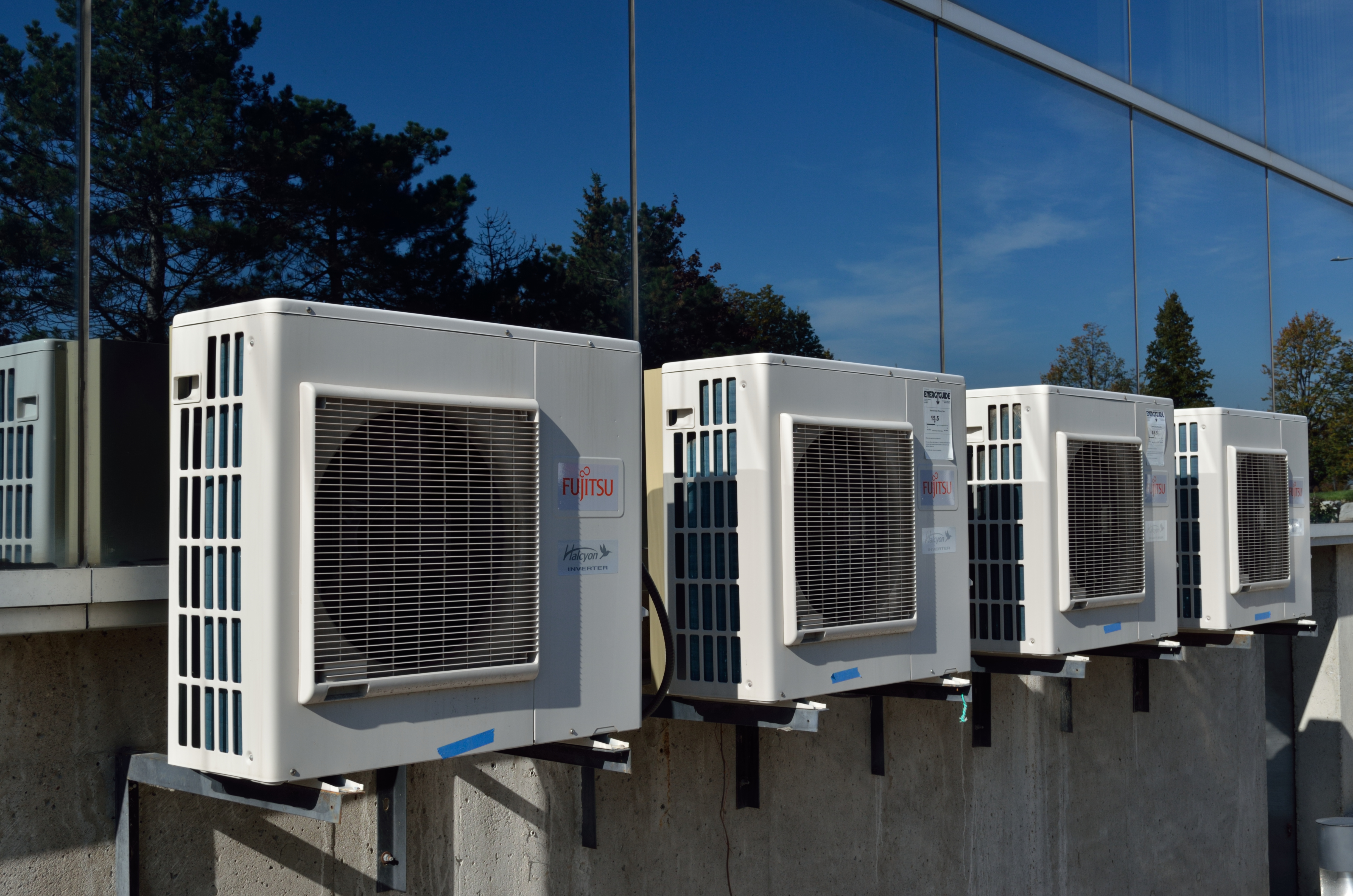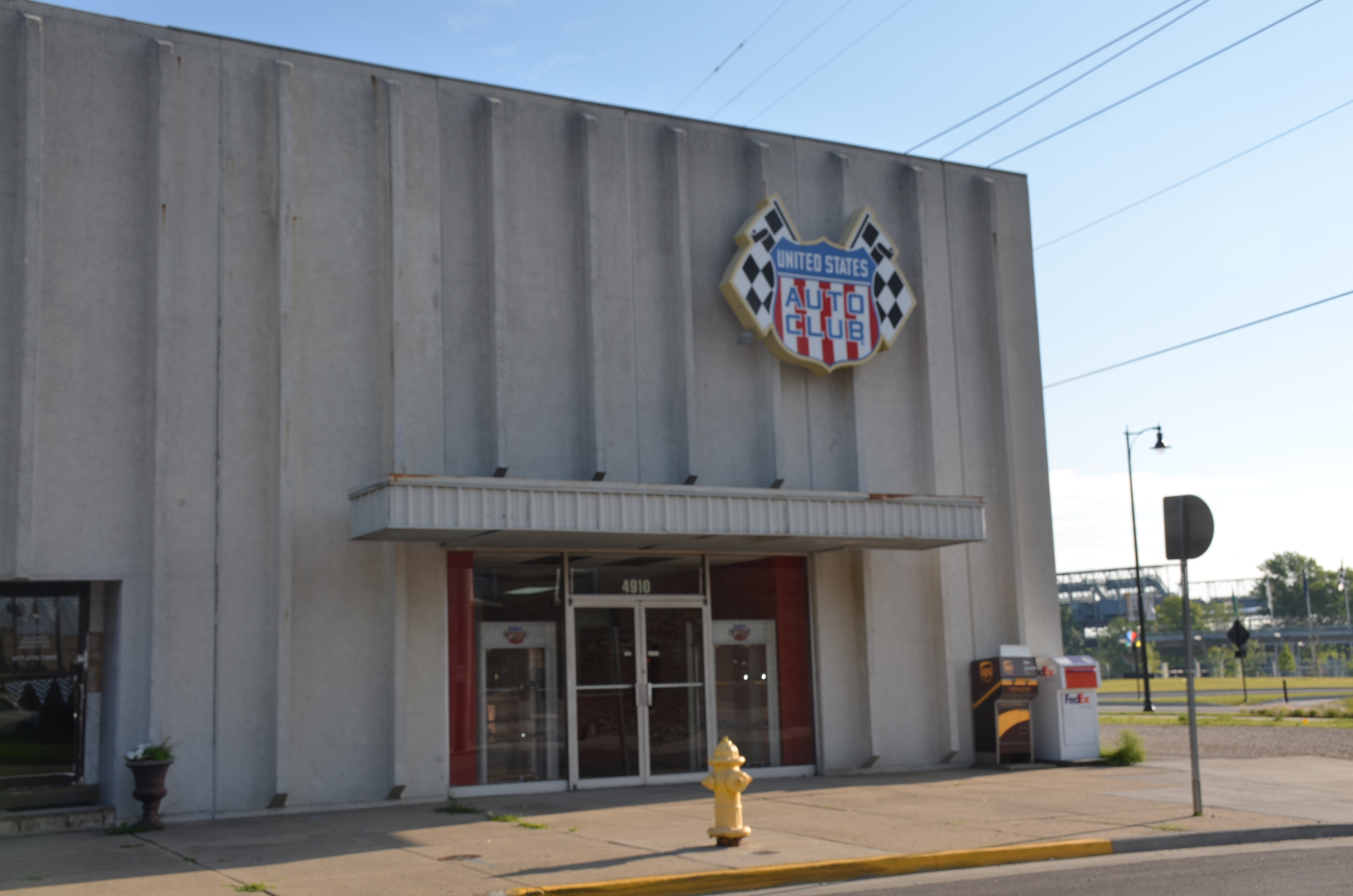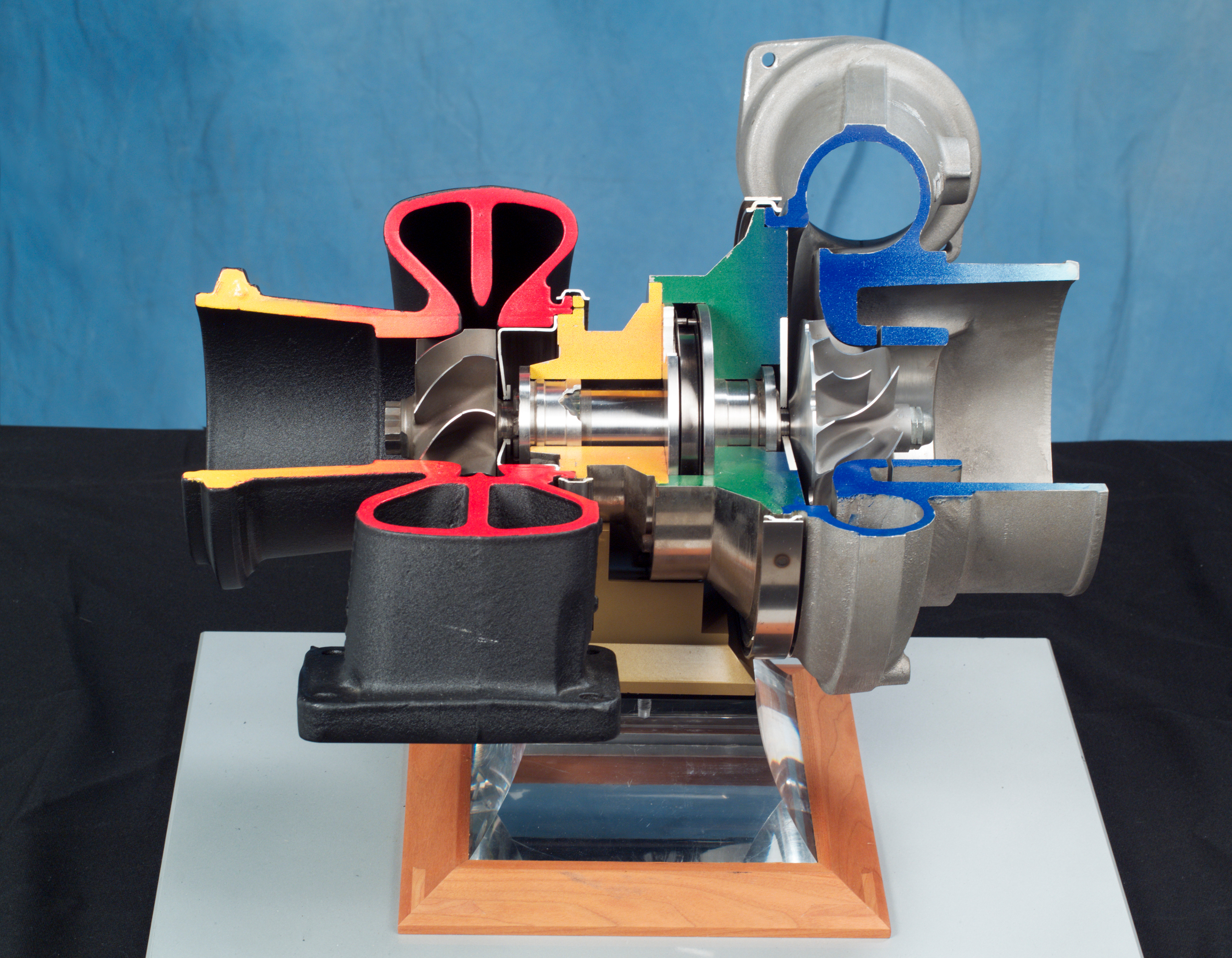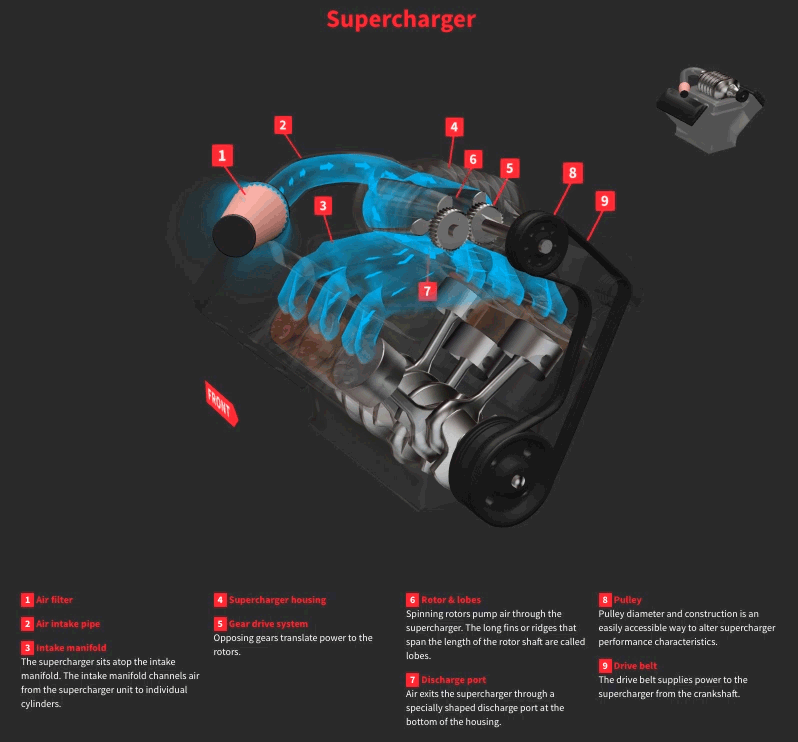|
Inch Of Mercury
Inch of mercury (inHg, ″Hg, or in) is a non- SI unit of measurement for pressure. It is used for barometric pressure in weather reports, refrigeration and aviation in the United States. It is the pressure exerted by a column of mercury in height at the standard acceleration of gravity. Conversion to metric units depends on the density of mercury, and hence its temperature; typical conversion factors are: In older literature, an "inch of mercury" is based on the height of a column of mercury at .Barry N. Taylor, ''Guide for the Use of the International System of Units (SI),'' 1995, NIST Special Publication 811, Appendix /ref> :1 inHg60 °F = In Imperial units: 1 inHg60 °F = 0.489 771 Pounds per square inch, psi, or 2.041 771 inHg60 °F = 1 psi. Applications Aircraft and automobiles Aircraft altimeters measure the relative pressure difference between the lower ambient pressure at altitude and a calibrated reading on the grou ... [...More Info...] [...Related Items...] OR: [Wikipedia] [Google] [Baidu] |
Pressure
Pressure (symbol: ''p'' or ''P'') is the force applied perpendicular to the surface of an object per unit area over which that force is distributed. Gauge pressure (also spelled ''gage'' pressure)The preferred spelling varies by country and even by industry. Further, both spellings are often used ''within'' a particular industry or country. Industries in British English-speaking countries typically use the "gauge" spelling. is the pressure relative to the ambient pressure. Various #Units, units are used to express pressure. Some of these derive from a unit of force divided by a unit of area; the International System of Units, SI unit of pressure, the Pascal (unit), pascal (Pa), for example, is one newton (unit), newton per square metre (N/m2); similarly, the Pound (force), pound-force per square inch (Pound per square inch, psi, symbol lbf/in2) is the traditional unit of pressure in the imperial units, imperial and United States customary units, US customary systems. Pressure ma ... [...More Info...] [...Related Items...] OR: [Wikipedia] [Google] [Baidu] |
Pascal (unit)
The pascal (symbol: Pa) is the unit of pressure in the International System of Units (SI). It is also used to quantify internal pressure, stress, Young's modulus, and ultimate tensile strength. The unit, named after Blaise Pascal, is an SI coherent derived unit defined as one newton per square metre (N/m2). It is also equivalent to 10 barye (10 Ba) in the CGS system. Common multiple units of the pascal are the hectopascal (1 hPa = 100 Pa), which is equal to one millibar, and the kilopascal (1 kPa = 1000 Pa), which is equal to one centibar. The unit of measurement called '' standard atmosphere (atm)'' is defined as . Meteorological observations typically report atmospheric pressure in hectopascals per the recommendation of the World Meteorological Organization, thus a standard atmosphere (atm) or typical sea-level air pressure is about 1013 hPa. Reports in the United States typically use inches of mercury or millibars (hectopascals). In Cana ... [...More Info...] [...Related Items...] OR: [Wikipedia] [Google] [Baidu] |
Vacuum Brake
The vacuum brake is a brake, braking system employed on trains and introduced in the mid-1860s. A variant, the automatic vacuum brake system, became almost universal in British train equipment and in countries influenced by British practice. Vacuum brakes also enjoyed a brief period of adoption in the United States, primarily on narrow-gauge railroads. Their limitations caused them to be progressively superseded by Railway air brake, compressed air systems starting in the United Kingdom from the 1970s onward. The vacuum brake system is now obsolete; it is not in large-scale usage anywhere in the world, other than in South Africa, largely supplanted by railway air brake, air brakes. Introduction In the earliest days of railways, trains were slowed or stopped by the application of manually applied brakes on the locomotive and in brake vehicles through the train, and later by steam power brakes on locomotives. This was clearly unsatisfactory, given the slow and unreliable response ... [...More Info...] [...Related Items...] OR: [Wikipedia] [Google] [Baidu] |
Air Conditioning
Air conditioning, often abbreviated as A/C (US) or air con (UK), is the process of removing heat from an enclosed space to achieve a more comfortable interior temperature, and in some cases, also controlling the humidity of internal air. Air conditioning can be achieved using a mechanical 'air conditioner' or through other methods, such as passive cooling and ventilative cooling. Air conditioning is a member of a family of systems and techniques that provide Heating, ventilation, and air conditioning, heating, ventilation, and air conditioning (HVAC). Heat pumps are similar in many ways to air conditioners but use a reversing valve, allowing them to both heat and cool an enclosed space. Air conditioners, which typically use vapor-compression refrigeration, range in size from small units used in vehicles or single rooms to massive units that can cool large buildings. Air source heat pumps, which can be used for heating as well as cooling, are becoming increasingly common in cool ... [...More Info...] [...Related Items...] OR: [Wikipedia] [Google] [Baidu] |
Indy Car Racing
American open-wheel car racing, generally and commonly known as Indy car racing, is a category of professional automobile racing in the United States. As of 2025, the top-level American open-wheel racing championship is sanctioned by IndyCar and is known as the IndyCar Series. Competitive events for professional-level, open-wheel race cars have been conducted under the auspices of various sanctioning bodies, and traces it roots as far back as 1902. A season-long, points-based, ''National Championship'' of drivers has been officially recognized in 1905, 1916, and each year since 1920 (except for a hiatus during WWII). As such, for many years, this discipline of motorsports was known as Championship car racing (or Champ car racing for short). That name has fallen from use, and the term ''Indy car'' racing (derived from the Indy 500) has become the preferred moniker. The machines, typically referred to as "Indy cars", are a formula of single-seat, open cockpit, open-wheel, purp ... [...More Info...] [...Related Items...] OR: [Wikipedia] [Google] [Baidu] |
Champ Car
Champ Car World Series (CCWS) was the series sanctioned by Open-Wheel Racing Series Inc., a Governing body, sanctioning body for American open-wheel car racing that operated from 2004 to 2008. It was the successor to Championship Auto Racing Teams (CART), which sanctioned open-wheel racing from 1979 until dissolving after the 2003 season. Vehicles Champ Cars were single-seat, open-wheel racing cars, with Mid-engine design, mid-mounted engines. Champ cars had sculpted undersides to create ground effect in cars, ground effect and prominent wings to create downforce. The cars would use a different aerodynamic kit on the occasions they raced on an oval. With funds low, development was effectively frozen with a focus on developing a universal chassis, and the series generally ran on CART-spec 2002 Lola B02/00, Lola chassis from 2003 to 2006. The new chassis was developed by Panoz and debuted in 2007 as the Panoz DP01. The chassis was well received by drivers and fans. The serie ... [...More Info...] [...Related Items...] OR: [Wikipedia] [Google] [Baidu] |
United States Auto Club
The United States Auto Club (USAC) is one of the sanctioning bodies of auto racing in the United States. From 1956 to 1979, USAC sanctioned the List of USAC Championship Car seasons, United States National Championship, and from 1956 to 1997 the organization sanctioned the Indianapolis 500. USAC serves as the sport governing body, sanctioning body for a number of racing series, including the Silver Crown Series, National Sprint Cars, National Midgets, Speed2 Midget Series, .25 Midget Series, Stadium Super Trucks, and GT World Challenge America. Seven-time USAC champion Levi Jones is USAC's Competition Director. History When the American Automobile Association (AAA) withdrew from auto racing after the 1955 season, citing the 1955 Le Mans disaster, Le Mans disaster and the death of Bill Vukovich at 1955 Indianapolis 500, Indianapolis as contributing factors, both the Sports Car Club of America, SCCA and NASCAR were mentioned as its potential successor. Ultimately, USAC was formed ... [...More Info...] [...Related Items...] OR: [Wikipedia] [Google] [Baidu] |
Turbocharger
In an internal combustion engine, a turbocharger (also known as a turbo or a turbosupercharger) is a forced induction device that is powered by the flow of exhaust gases. It uses this energy to compress the intake air, forcing more air into the engine in order to produce more power for a given displacement. Turbochargers are distinguished from superchargers in that a turbocharger is powered by the kinetic energy of the exhaust gases, whereas a is mechanically powered (usually by a belt from the engine's crankshaft). However, up until the mid-20th century, a turbocharger was called a "turbosupercharger" and was considered a type of supercharger. History Prior to the inv ...[...More Info...] [...Related Items...] OR: [Wikipedia] [Google] [Baidu] |
Supercharger
In an internal combustion engine, a supercharger compresses the intake gas, forcing more air into the engine in order to produce more power for a given displacement (engine), displacement. It is a form of forced induction that is mechanically powered (usually by a belt from the engine's crankshaft), as opposed to a turbocharger, which is powered by the kinetic energy of the exhaust gases. However, up until the mid-20th century, a turbocharger was called a "turbosupercharger" and was considered a type of supercharger. The first supercharged engine was built in 1878, with usage in aircraft engines beginning in the 1910s and usage in car engines beginning in the 1920s. In piston engines used by aircraft, supercharging was often used to compensate for the lower air density at high altitudes. Supercharging is less commonly used in the 21st century, as manufacturers have shifted to turbochargers to reduce fuel consumption and increase power outputs, especially with reduced engine dis ... [...More Info...] [...Related Items...] OR: [Wikipedia] [Google] [Baidu] |
Manifold Pressure
Manifold vacuum, or engine vacuum in a petrol engine is the difference in air pressure between the engine's intake manifold and Earth's atmosphere. Manifold vacuum is an effect of a piston's movement on the induction stroke and the airflow through a throttle in the intervening carburetor or throttle body leading to the intake manifold. It is a result of the amount of restriction of airflow through the engine. In some engines, the manifold vacuum is also used as an auxiliary power source to drive engine accessories and for the crankcase ventilation system. Manifold vacuums should not be confused with venturi vacuums, which are an effect exploited in some carburetors to establish a pressure difference roughly proportional to mass airflow and to maintain a somewhat constant air/fuel ratio. It is also used in light airplanes to provide airflow for pneumatic gyroscopic instruments. Overview The rate of airflow through an internal combustion engine is an important factor determi ... [...More Info...] [...Related Items...] OR: [Wikipedia] [Google] [Baidu] |
Aircraft
An aircraft ( aircraft) is a vehicle that is able to flight, fly by gaining support from the Atmosphere of Earth, air. It counters the force of gravity by using either Buoyancy, static lift or the Lift (force), dynamic lift of an airfoil, or, in a few cases, direct Powered lift, downward thrust from its engines. Common examples of aircraft include airplanes, rotorcraft (including helicopters), airships (including blimps), Glider (aircraft), gliders, Powered paragliding, paramotors, and hot air balloons. Part 1 (Definitions and Abbreviations) of Subchapter A of Chapter I of Title 14 of the U. S. Code of Federal Regulations states that aircraft "means a device that is used or intended to be used for flight in the air." The human activity that surrounds aircraft is called ''aviation''. The science of aviation, including designing and building aircraft, is called ''aeronautics.'' Aircrew, Crewed aircraft are flown by an onboard Aircraft pilot, pilot, whereas unmanned aerial vehicles ... [...More Info...] [...Related Items...] OR: [Wikipedia] [Google] [Baidu] |









